Continuing the history of StarWarp Concepts, which is celebrating its 30th anniversary this year.
Part 1 covered our earliest days, as a small-press publishing house that dealt in digest-size comics starring Lorelei and the supernatural superhero team Troubleshooters, Incorporated. In Part 2, we covered the premiere of Lorelei as a full-sized horror comic series that SWC released between 1993 and 1995—a series I ultimately canceled due to overwhelming production costs, just as the comic distributors market was collapsing due to Marvel Comics’ machinations (what timing!).
But although I put Lori on the shelf, that didn’t mean The ’Warp was entirely out of the game…
In 1995, before I stopped publishing Lorelei, I’d cut a deal with another company, Millennium Publications, to launch a full-color, four-issue miniseries that would take advantage of the “bad girl” comics currently in vogue. (Basically, “bad girl” comics were any that had a leading heroine who wore as little clothing as possible while acting like a total badass; see Vampirella, Lady Death, Shi, and the 1990s Catwoman for prime examples.)
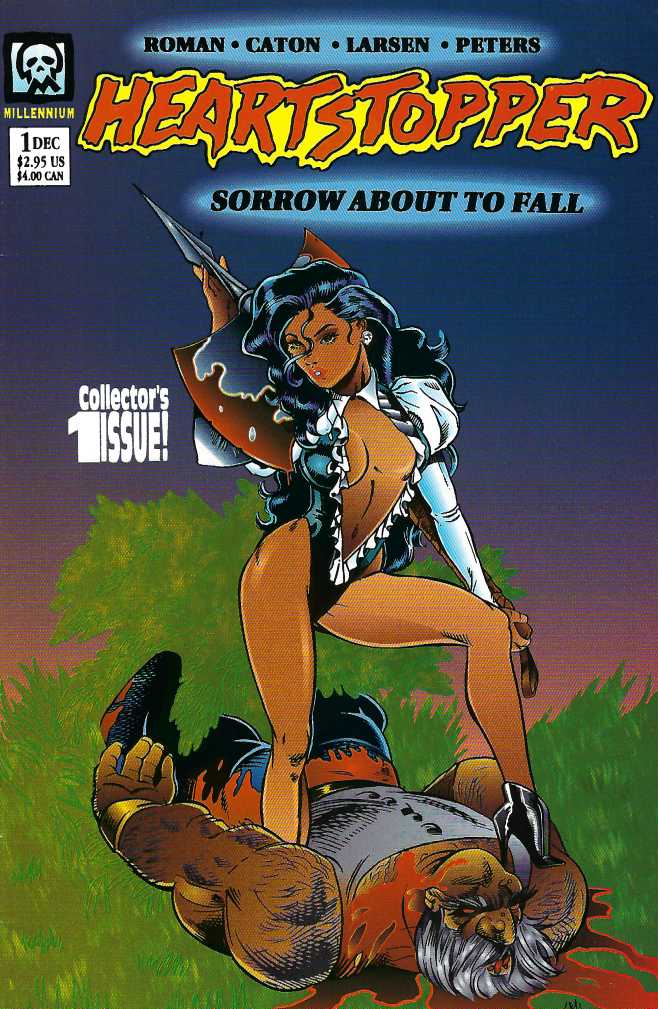
Titled Heartstopper: Sorrow About To Fall, it would star an immortal, shape-changing monster hunter named Sebastienne “Annie” Mazarin who spent her days as a freelance writer and her nights chasing the creatures of the night…although, this being a bad girl comic, her nocturnal activities in this particular story would involve her working as a stripper in a Times Square “gentlemen’s club”—strictly as research for an article, you understand.
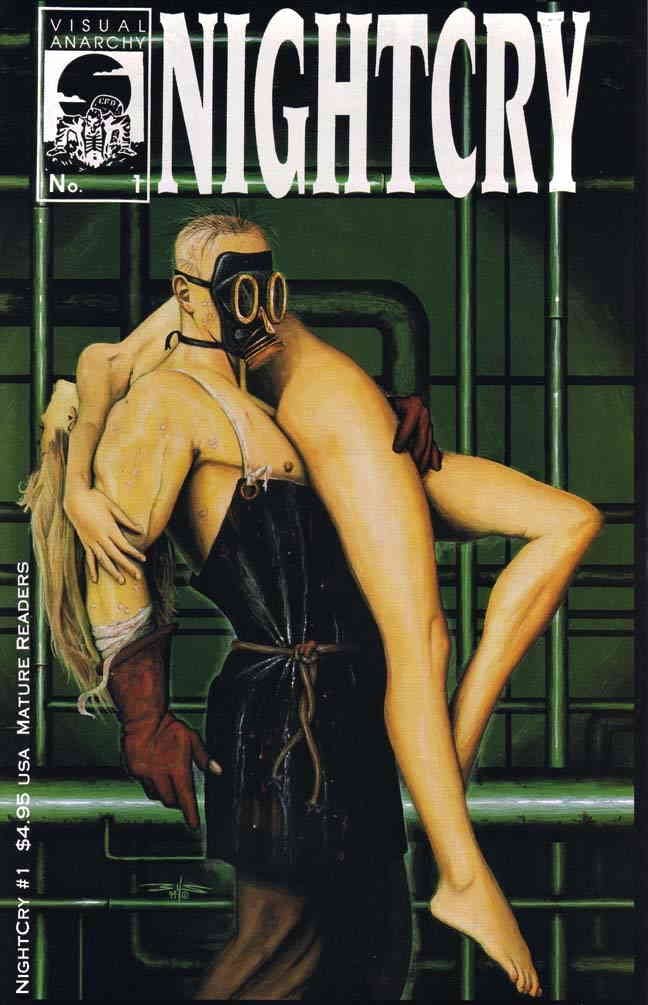
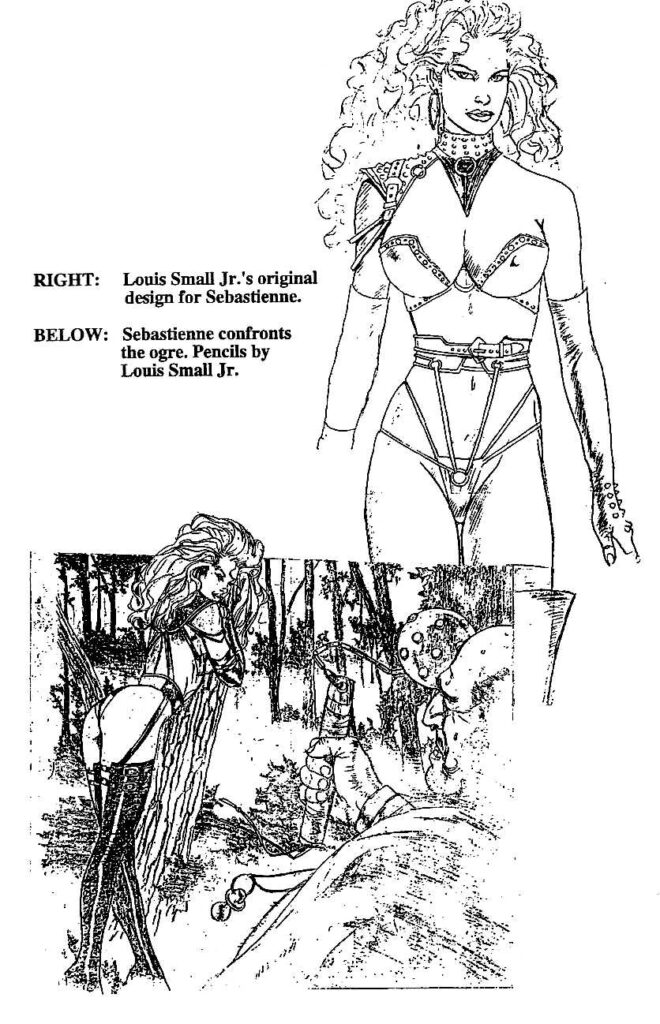
Annie/Heartstopper had originally made her debut in the pages of NightCry #1, published in 1994 by Visual Anarchy, the indie house run by Joseph Monks, who had been the writing half of the creative team behind the popular horror series Cry for Dawn (the other half being, of course, artist Joseph Michael Linsner). Monks had been very interested in publishing Heartstopper, especially when I told him the name of the artist eager to be involved: Louis Small Jr. of Vampirella fame (and the artist for the covers of Lorelei #0 and #1).
NightCry #1 turned out to be a big deal, with a headlining Evil Ernie story by Brian Pulido and Leonardo Jimenez; a story of the homicidal bad girl Razor, by creator Everette Hartsoe and artist Ed McGuinness (yes, the same McGuinness currently drawing Spider-Man); and tales by Monks with art by Ken Meyer and Thomas O’Connor.
Unfortunately, after delivering the first four pages of “Heartstopper,” Louis had to bail on the project due to the demands of better-paying mainstream work. Monks still wanted to publish what there was—they were done by a popular Vampirella artist, after all—but he insisted on having them inked. Louis didn’t have the time, and the inker that Monks eventually assigned was…let’s just say not the best fit. Louis, to put it mildly, was not pleased with the results.
The pages got published, of course, but there ended the project, and Heartstopper’s association with Visual Anarchy.
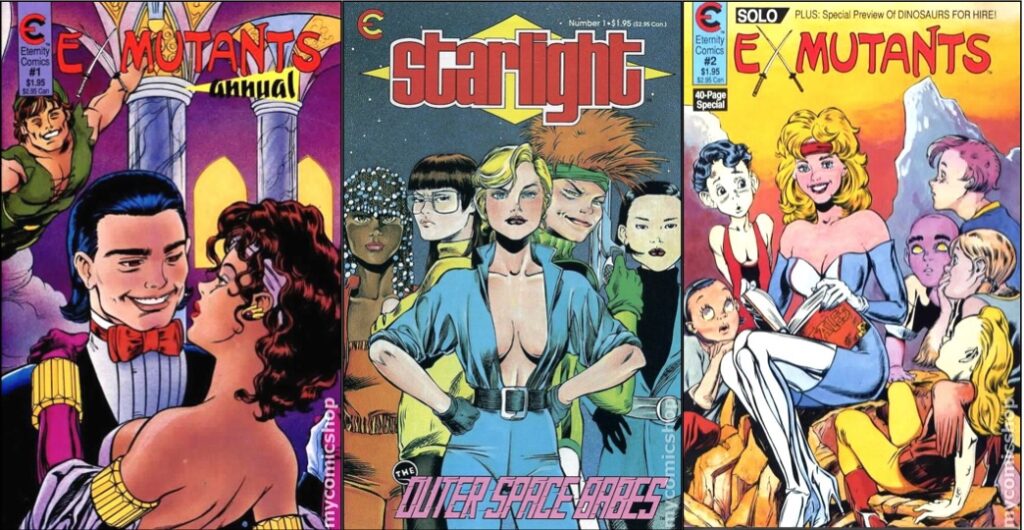
But then later that year, through my friendship with artist Delfin Barral, I was introduced to Uriel Caton, who’d done work for Eternity Comics in the late 1980s under the name “Uriel Antonio” (Ex-Mutants Annual #1, Starlight) and was currently working on a reboot of Starlight as The Outer Space Babes (hey, who needed subtlety during the Bad-Girl Era?) for indie house Silhouette Studios. As he was described on the back of the Vampirella trading card he drew for a 1995 set from Topps: “Uriel Caton: He’s a mystery man. Not widely known by the public, yet any number of of artists, including Buzz, Caesar and Steve Crespo cite this graduate of New York’s School of Art and Design as an inspiration for their own work.”
(For a bit of context, Buzz—real name: Aldrin Aw—Caesar Antomattei, and Steve Crespo were all Vampirella artists at Harris Comics at the time.)
Uriel and I discussed rebooting Heartstopper, junking Louis’s design and starting fresh. It didn’t take him long to come up with a new look, and we started the whole project over,
So, I put a proposal together for a four-issue miniseries and showed it around to some indie publishers, to see if anyone wanted to pick up what would be a proper, full-color bad-girl comic. No just-on-the-cover femme fatale this time—Annie would be front and center cover to cover doing seductively murderous bad-girl stuff. I’d learned my lesson with Lorelei!
And so Millennium Publications became the house that made me an offer, and sent me a contract. Once the paperwork had been settled, Uriel and I got to work—he drawing, me writing and hand-lettering—with help from colorist Dan Peters (he of small-press Troubleshooters, Incorporated artistic fame), and before you knew it, the first issue of the miniseries now titled Heartstopper: Sorrow About to Fall was complete and off to the printer.
But before it hit comic shops, in a setup that Hollywood refers to as a “backdoor pilot,” in which characters being considered for their own television series are introduced first in an established show—think Gary Seven in the Original Star Trek episode “Assignment Earth,” Mork from Ork (Robin Williams) in the Happy Days episode “My Favorite Orkan” that led to Mork & Mindy, and the organization Torchwood in Doctor Who—I had Annie debut in a cameo role in Lorelei #5 (the final issue published), drawn by Lori series artist David C. Matthews, as a lead-in to Millennium’s Heartstopper #1.
There were also discussions about them taking over the publishing chores on Lorelei, as well, if things worked out with the initial project. Again, things were looking up for SWC.
I should’ve known that good feeling wouldn’t last…
To Be Continued…

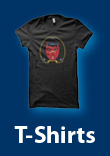
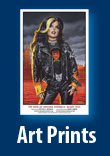




Pingback: SWC at 30: Exit: the Monster Hunter! | StarWarp Concepts
Pingback: SWC at 30: Convention Memories: New York Comicon 1994 | StarWarp Concepts